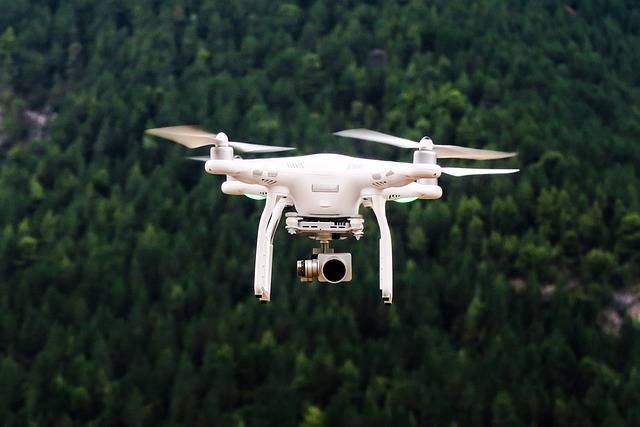In the ever-evolving world of technology, the adoption of law enforcement drones by police and security agencies has ushered in a new era of surveillance and operational efficiency. The use of drones, or unmanned aerial vehicles (UAVs), in law enforcement has grown exponentially, providing invaluable support in various situations ranging from crowd monitoring to search and rescue operations. This article delves into the profound impact and advancements associated with these aerial assets in law enforcement.
Enhancing Surveillance and Monitoring
The incorporation of law enforcement drones into surveillance operations transforms the way agencies monitor public events and manage crowds. Equipped with high-resolution cameras and real-time video transmission capabilities, drones can cover large areas in significantly shorter times than traditional methods. This technological boon not only enhances visibility but also allows for immediate identification of threats or emergencies, thus enabling quicker response times. Furthermore, drones provide a non-intrusive way to gather intelligence, minimizing direct confrontation while maximizing oversight capabilities.
Search and Rescue Operations
Another substantial benefit of law enforcement drones is their use in search and rescue missions. Drones equipped with heat-sensing capabilities can locate missing persons in vast, hard-to-navigate terrains, such as forests or mountains, where ground personnel may struggle. This ensures swifter and more efficient response times, potentially saving lives. Drones can also assist in deploying necessary supplies to those in precarious situations, further proving their worth in life-saving missions.
Intelligence Gathering and Crime Scene Analysis
From gathering evidence to assessing crime scenes, drones have revolutionized intelligence collection. They can capture aerial imagery and video that helps investigators piece together events accurately and swiftly. This is particularly useful in cases involving large crime scenes or inaccessible areas where traditional methods fall short. The ability to fly through and document these scenes without contaminating evidence is another critical advantage that law enforcement agencies have welcomed.
Challenges and Ethical Considerations
Despite the plethora of advantages, the deployment of law enforcement drones is not without challenges. Concerns regarding privacy invasion and the potential for misuse are ever-present, prompting debates about regulatory frameworks and ethical limitations. Adhering to strict usage protocols is essential to balance efficiency with the utmost respect for civil liberties. Training and operational oversight are key components that agencies must address to ensure responsible and effective deployment.
Technology Advancements and Future Prospects
Continuous advancements in drone technology promise further enhancements in law enforcement capabilities. Innovations such as AI integration enable predictive analytics and automated surveillance, offering foreseeable improvements in crime prevention and tactical responses. As technology develops, so does the potential for drones to protect and serve communities more effectively. The future of law enforcement drones is geared towards expanding their capabilities through advancements, ensuring they remain an integral tool in modern-day policing.
Frequently Asked Questions

- Are there limitations to the areas drones can be used in law enforcement?
- Yes, there are geospatial and legal restrictions to drone deployment, depending on national and local regulations. Some areas like private properties and restricted airspaces require special permissions.
- How do police agencies ensure drones are not misused?
- Law enforcement agencies follow strict guidelines and protocols, including regular audits and operator training, to ensure responsible usage. Both state and federal regulations provide frameworks for operation.
- Do drones replace traditional law enforcement methods?
- Drones complement and enhance traditional methods rather than replace them. They offer additional support and capabilities, improving overall effectiveness and efficiency.